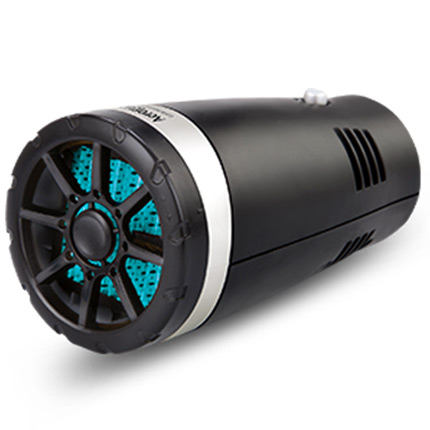Understanding Gear Cable Mechanics for Bicycle Derailleurs and Optimal Performance
Understanding Derailleur Gear Cable An Essential Component of Modern Bicycles
In the realm of cycling, particularly in the world of performance bikes, the derailleur system plays a crucial role in ensuring smooth and accurate shifting. At the heart of this system is the derailleur gear cable, an often-overlooked component that significantly influences the bike's overall functionality. Understanding this vital part can enhance a cyclist’s experience and improve bicycle maintenance.
What is a Derailleur Gear Cable?
The derailleur gear cable is a thin, flexible cable that connects the gear shifters located on the handlebars to the derailleur mechanism, which is usually located near the rear wheel. This cable is responsible for transmitting the shifting force when the rider changes gears; it pulls or releases the derailleur, allowing the chain to move between different gear cogs.
How Does the Derailleur System Work?
When a cyclist shifts gears using the shifters, the action is translated through the gear cable. For instance, pulling the shifter tightens the cable, which in turn pulls the derailleur, pushing the chain to a larger cog for easier pedaling or to a smaller cog for more resistance. This interaction allows riders to adjust their gearing based on terrain, speed, and fatigue levels, making it an integral part of the cycling experience.
Importance of Gear Cable Maintenance
derailleur gear cable

Like any component of a bicycle, the derailleur gear cable requires regular maintenance to ensure optimal performance. Over time, cables can stretch, fray, or experience corrosion, leading to inefficient shifting or even complete failure. Cyclists should regularly inspect their cables for signs of wear and consider replacing them to maintain smooth shifting performance.
One common issue that arises with gear cables is the accumulation of dirt and grime, which can lead to sluggish shifting. Clean cables and housings can significantly enhance performance, allowing for crisp and responsive gear changes. To maintain the cable, riders should regularly wipe it down and ensure that the housing is free of debris.
Choosing the Right Gear Cable
When it comes to replacing a derailleur gear cable, cyclists should consider several factors to ensure compatibility and performance. Cables come in various lengths, materials, and constructions. Stainless steel cables are popular for their durability and resistance to corrosion. Additionally, some cables are coated to reduce friction within the housing, allowing for smoother shifts.
It is also important to utilize the correct housing, as this can impact the cable's performance. High-quality housing can reduce friction and improve shifting responsiveness, making it a worthy investment for serious cyclists.
Conclusion
The derailleur gear cable may be a small component of a bicycle, but its role is essential to a cyclist's experience. By understanding its function and ensuring proper maintenance, riders can enhance their shifting performance and overall efficiency. Regular checks, timely replacements, and a keen eye for detail can make all the difference, ultimately leading to a more enjoyable ride. Whether you are a casual cyclist or a serious racer, never underestimate the significance of a well-maintained derailleur gear cable in your biking experience.
-
Workings of Clutch Pipe and Hose SystemsNewsJun.04,2025
-
The Inner Workings of Hand Brake Cable SystemsNewsJun.04,2025
-
The Secrets of Throttle and Accelerator CablesNewsJun.04,2025
-
The Hidden Lifeline of Your Transmission Gear Shift CablesNewsJun.04,2025
-
Demystifying Gear Cables and Shift LinkagesNewsJun.04,2025
-
Decoding Clutch Line Systems A Comprehensive GuideNewsJun.04,2025
